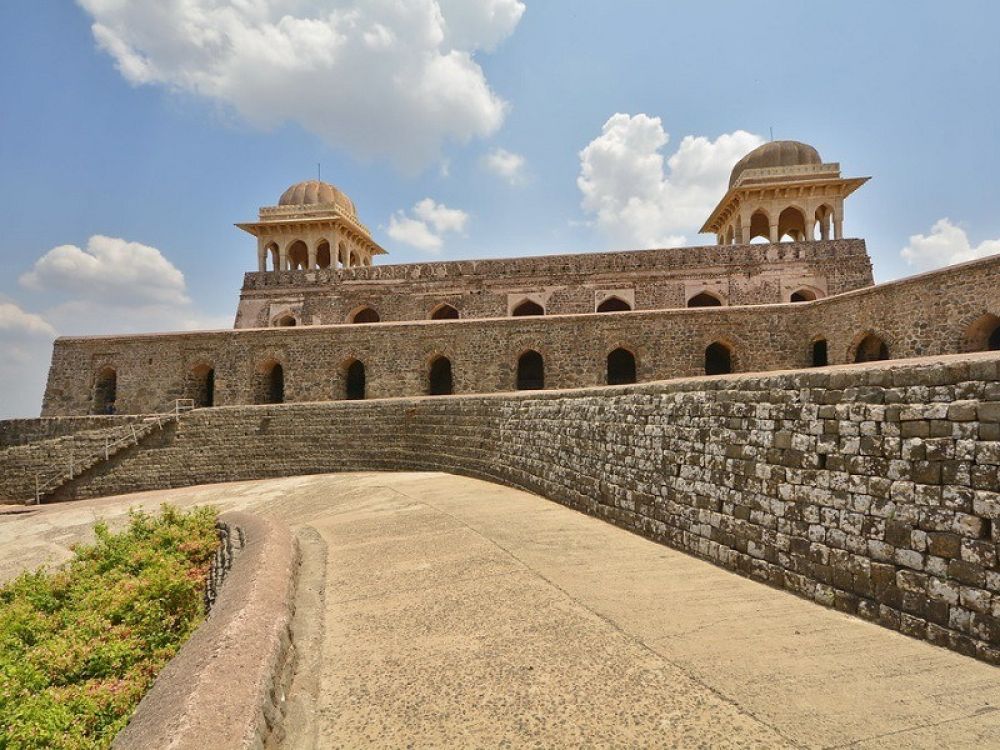

Mandu, the City of Joy, in Madhya Pradesh is home to several architectural and historical marvels. Among these is Roopmati's Pavilion, a testament to love and the rich legacy of the region. The pavilion is closely associated with the love story of Baz Bahadur, the last independent King of Malwa, and Roopmati, a beautiful singer and poetess. Their tale is a blend of romance, war, and tragedy, which continues to move the hearts of visitors to this day.
Tourism at Roopmati's Pavilion dates back to a time when the historic narratives of Baz Bahadur and Roopmati's love affair began to attract visitors. Built as an army observation post in the 16th century, the pavilion offered a strategic view of the Narmada River and the enemy lines. Over time, it became a palatial retreat for Roopmati to reside in and admire the Narmada River. Her fabled beauty and story with Baz Bahadur have drawn tourists to this location for centuries.
The history of Mandu as a tourist destination can be traced back to the British era, where it was appreciated for its verdant setting and historical significance. The region's captivating ruins and romantic legends have been a focal point for tourists, historians, and archaeologists over the years.
The unique architectural style of Roopmati's Pavilion has also been a significant contributing factor to its popularity as a tourist spot. The pavilion combines elements of Afghan and Mughal architectural design, representing an era of cultural and aesthetic amalgamation in Indian history. The structure stands on a hilltop, offering panoramic views of the surrounding landscape, which is especially lush during the monsoon season.
Of late, tourism trends have shown an inclination towards experiences rather than mere sightseeing. Visitors seek to immerse themselves in the lore and understand the cultural significance of sites like Roopmati's Pavilion. There is a growing interest in tragic love stories and their associated historical monuments, echoing the universal appeal of tales like those of Romeo and Juliet. Mandu, with its plethora of ruins and fascinating stories, fits seamlessly into this trend.
Eco-tourism has also been emerging as a significant trend, with tourists valuing the sustainable preservation of historical sites. As Roopmati's Pavilion is surrounded by natural beauty, initiatives to maintain the environment while allowing tourists to enjoy the site are essential.
The Government of Madhya Pradesh has been promoting Mandu through various tourism campaigns, highlighting its romantic past and architectural splendor. Annual festivals and events, which often feature art, music, and dance performances, are organized to draw more visitors to experience the magic of Roopmati's Pavilion and the other wonders of Mandu.
Looking to the future, it is expected that tourism in Mandu, and Roopmati's Pavilion in particular, will continue to flourish by focusing on heritage conservation, sustainable travel, and enhanced visitor experiences. As the story of Roopmati and Baz Bahadur continues to resonate across time, the Pavilion remains a must-visit destination for those captivated by history, romance, and the enduring beauty of India's cultural landscape.